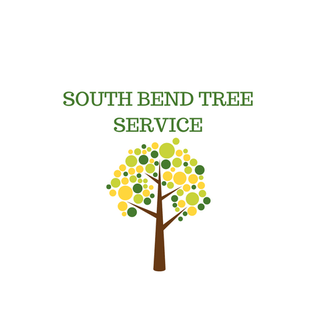It’s critical to maintain the trees surrounding your house for their general aesthetic appeal, health, and safety. Knowing the dos and don’ts when it comes to tree trimming is essential, regardless of experience level. We’ll go over the best practices to help you maintain the healthiest possible trees in this easy-to-read guide.
Dos:
Pick the Appropriate Season to Trim:
When trees are dormant, which is usually late fall to early spring, this is the best time to trim them. By doing this, the tree experiences less stress and is encouraged to develop vigorously when the warmer months arrive.
Do Recognize Ill or Dead Branches:
Check your trees frequently for unhealthy or dead branches. To stop the spread of illness and improve the general health of the tree, these should be removed right away.
Apply the Correct Tools:
Invest in good trimming equipment, such as a saw, loppers, and hand pruners. Sharp, clean instruments guarantee precise cuts and lower the possibility of harm to the tree and you.
Don’t trim for Structure:
Trimming encourages a robust and harmonious tree structure. For upright trees, concentrate on eliminating branches that compete with or cross one another and keep a central leader.
Do Keep Your Distance Safely:
When trimming trees, keep a safe distance from power lines. To ensure the job is done safely, if the branches are close to power lines, think about employing a professional arborist.
Don’ts:
Avoid Over-Prune:
Steer clear of over trimming as this can cause stress and damage to the tree. Removing no more than 25% of a tree’s leaf in a single trimming session is a fair rule of thumb.
Never Ignore Safety Measures:
Prioritize safety at all times. Put on the proper safety equipment, and proceed with extreme caution if climbing or utilizing a ladder is necessary for the task.
Avoid Tipping Trees:
Trees suffer when huge branches are topped off or removed carelessly. It weakens their structure, promotes weak, fast development, and increases their susceptibility to pests and illnesses.
Avoid Trimming Too Near the Trunk:
The tree’s capacity to recover itself may be hampered by improper cuts made too near to the trunk. When making cuts, stay a safe distance away from the trunk.
Avoid Cutting Big Branches Yourself:
It is recommended to get a professional tree service for larger branches or trees that are close to power lines. They can safely conduct more involved trimming jobs because they have the knowledge and tools necessary.
It is possible to make sure that your tree trimming efforts enhance the aesthetic appeal and overall health of your landscape by adhering to these basic dos and don’ts. Keeping the trees around your house healthy and lively requires careful, routine trimming. Happy cutting!
